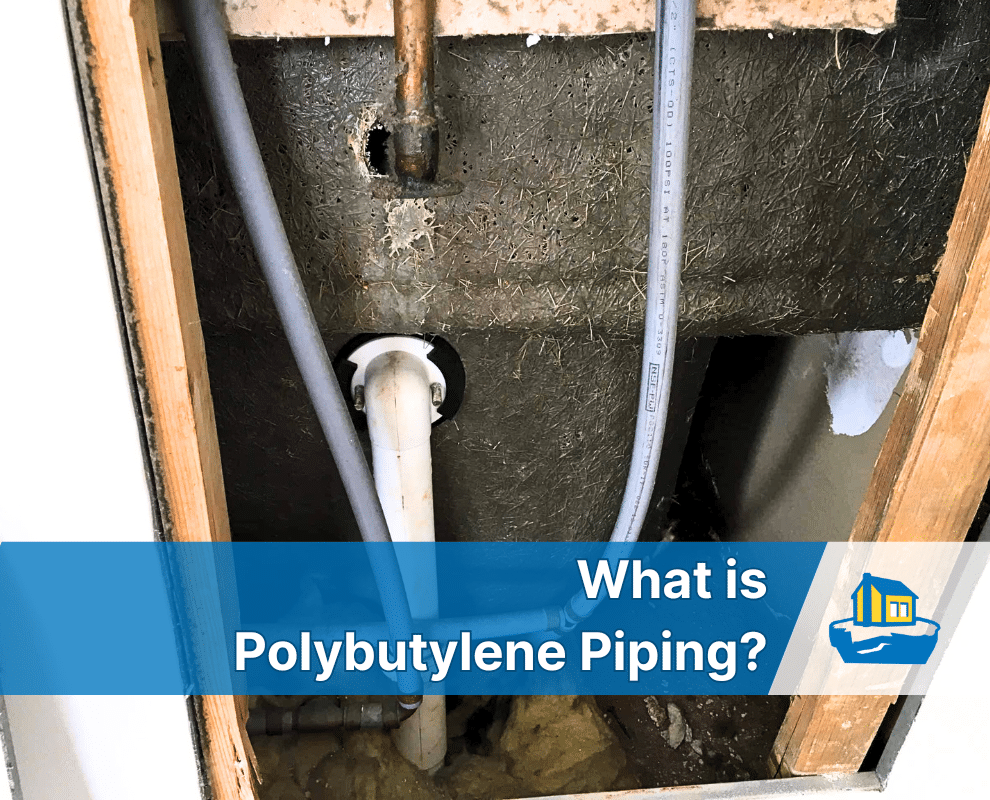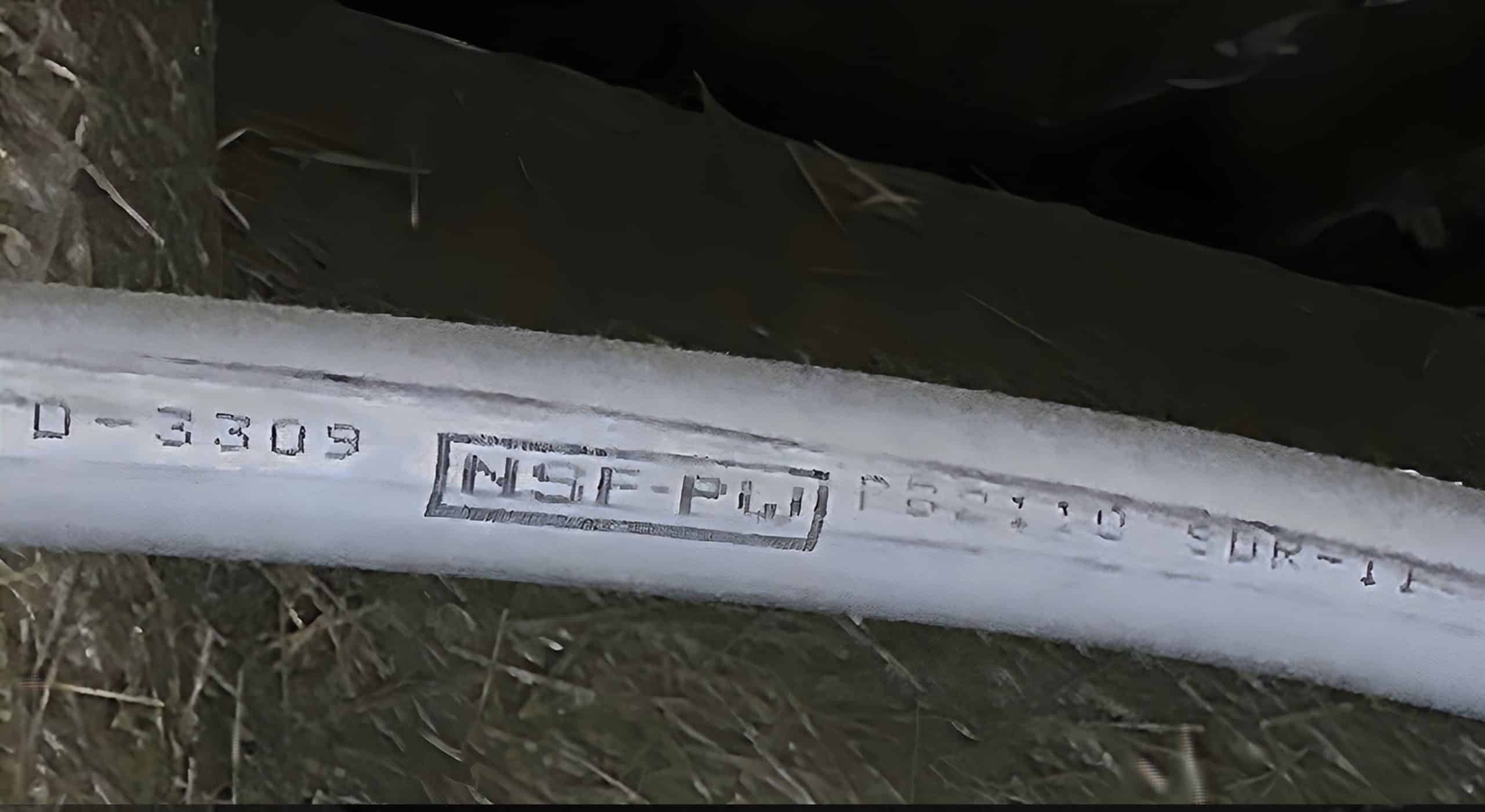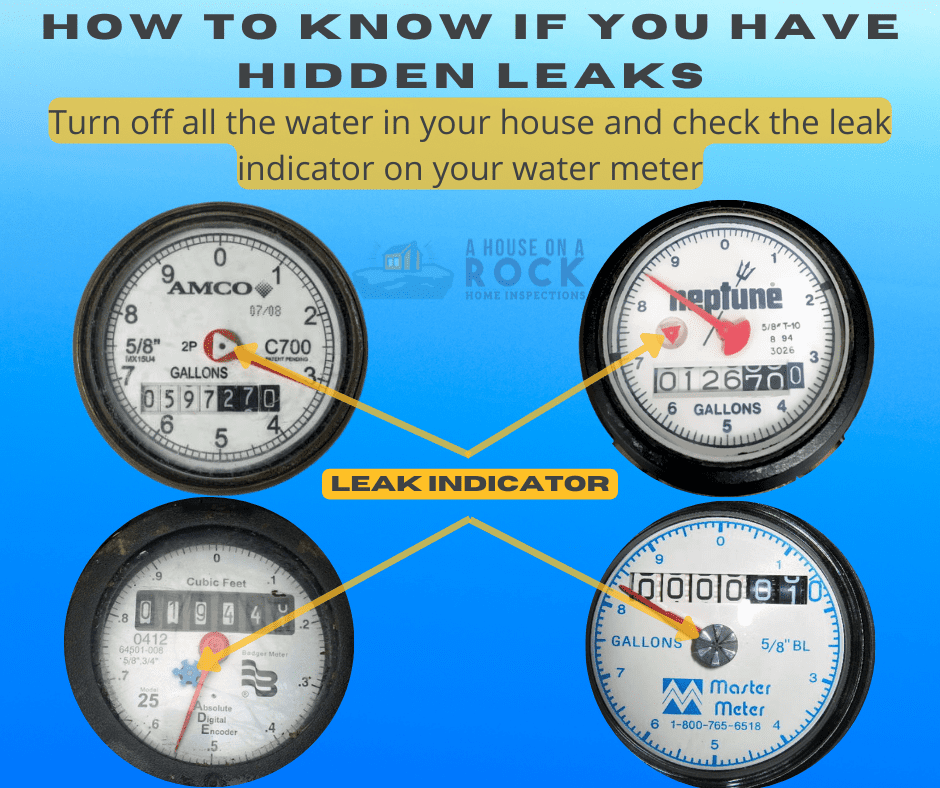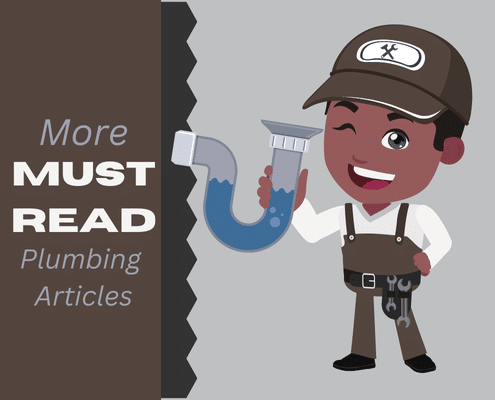4.9 1890+ Google Reviews

Polybutylene piping was a plastic plumbing material made and installed from 1978 to the mid-1990s. Like many new and innovative building materials, manufacturers and fans touted it as the pipe of the future. Plumbers loved it because it was cheaper and flexible making it quicker and easier to install.
Polybutylene advertisers claimed installation took half the time of copper pipes.
However, the hype did not match the reality. Sadly, polybutylene water pipes experienced a high failure rate causing a lot of water damage. Eventually, home owners filed a class action lawsuit which resulted in a 950 million dollar class action settlement.
This myth might stem from the fact that polybutylene manufacturers conceded there were some issues with the acetal fittings. Furthermore, they claimed they had addressed these issues already. Plus, they started manufacturing metal fittings.
However, the class-action lawsuits did not limit their complaints to the fittings. The pipes fail as well. Some plumbers theorize that chlorine in the water oxidizes and degrades the fittings and the pipes which causes small cracks and pinhole leaks.
The prevailing theory is that chlorine and other additives in the water oxidate and degrade the pipe. Hard bends and turns accelerate this deterioration. Polybutylene piping still develops leaks today.
The settlement did not exclude homeowners on well water, because homes on well water also had high rates of failure.
Look around your water heater, under your sinks, around your toilet, or in your crawlspace for exposed stub outs and piping. PB piping is gray and often has “PB2110” stamped on it. Do not confuse it with early PEX pipes that were an off-white color.

Obviously, if the pipes leak, you should replace the pipes. Otherwise, you could have just the leaks repaired, but your risk for more leaks is high.
If your pipes aren't leaking, it's not as clear cut. Polybutylene pipe failure is not absolute. In other words, it's not guaranteed that old polybutylene pipes are going to leak.
There are two major considerations. First, is that one leak can easily cost more than replacing the pipe in the first place. Small leaks lurk for months before being noticed. Meanwhile, they cause extensive rot, mold, and property damage.
Second, is how home insurance companies handle these piping systems. If your insurance company knows you have PB pipes, they may not cover you, or charge higher premiums. If they don't know, and you do have a leak, they will likely drop you after the leak. Obviously, replacing your insurance will be more expensive.
Even if your polybutylene pipes aren't leaking, it is usually cost effective to be proactive and replace the pipes.
Most inspectors are aware of, look for, and report on the presence of polybutylene. However, InterNACHI (International Association of Certified Home Inspectors) does not require home inspectors to report on the presence of polybutylene pipes.
Even if a home inspector does inspect for polybutylene pipes, it’s possible that all visible PB has been replaced, and all hidden PB still remains in the walls.
Polybutylene pipes do not need to be a deal killer. If you love the home, and it has everything else you wanted, just contact a licensed plumber to replace the pipes. Keep in mind that every home is going to have issues.
From 1997 to 2009 homeowners could submit claims and be reimbursed for repairs and replumbing the home. Unfortunately, the class is closed now and there is no recourse for homeowners who have issues with their plumbing.
The easiest way to know if you have any hidden leaks is to use your water meter. First, turn off all the water fixtures in your home. Next, go outside and find your water meter. The water meter will have a little red triangle or silver disc leak indicator. If either of those is spinning, then you have a leak.

Polybutylene pipes were plastic pipes installed from the late 1970s to the mid-1990s. Extensive pipe failures resulted in a class-action lawsuit. A settlement was reached and paid out over 1 billion dollars.
If you have these pipes, it's a good idea to consult with a professional plumber and have your pipes replaced with new pipes.

What is the Purpose of a P-Trap?
Should You Replace Cast Iron Pipes?